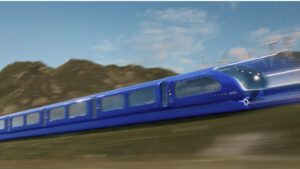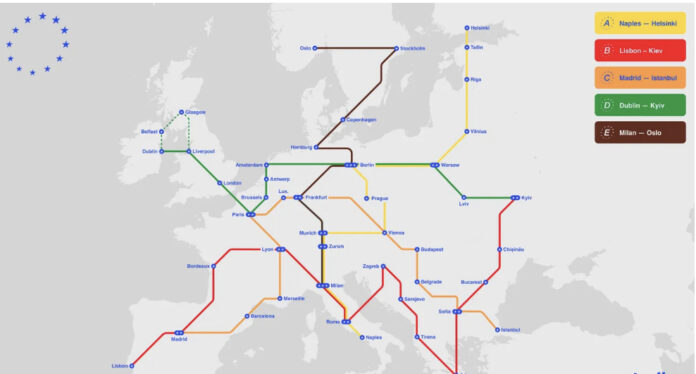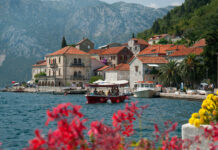A complete rethink of European travel—where tickets, timetables, stations, and trains work as one seamless system.
This is the vision of Starline setting up a single European timetable replacing today’s complexity, making cross-border journeys as simple and joyful.

The vision from the Copenhagen-based think will see 22,000 km of high-speed rail across Europe with up to 80% fewer short-haul flights projected and 39 Starline stations connecting the continent and with connections 30% faster than cars and traditional rail.
It will also importantly connect into the U.K thru the Channel tunnel to London and onto
For decades, Europe’s high-speed rail has been a story of imbalance. France, Germany, Spain, and the Benelux countries have led the way, building efficient and expansive networks, while Eastern Europe has remained a patchwork of slower connections, outdated infrastructure, and long travel times. The result is not just an inconvenience—it is a structural divide that reinforces economic disparities and limits mobility.
Starline changes this. It puts Eastern Europe on the high-speed map, integrating cities like Kyiv, Bucharest, and Sofia into a seamless continental network. It brings Warsaw and Berlin within easy reach of each other. It makes Belgrade and Budapest part of the same daily rhythm.
Starline trains will have easily recognisable deep blue livery. The carriages won’t be divided by classes but by spaces for different needs such as quiet zones for working and family-friendly sections.







